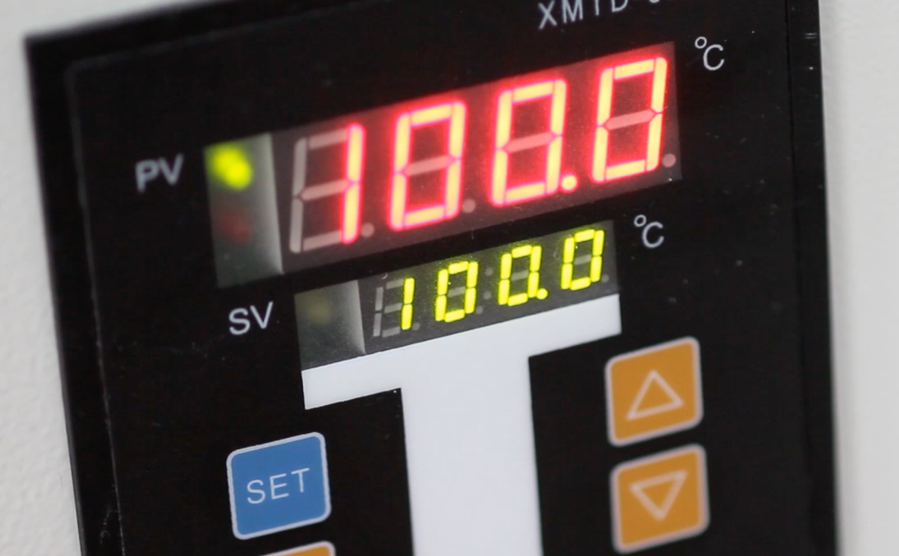POST-PROCESSING
ANNEALING
Polycarbonate is a kind of polymer that is susceptible to internal stress formation. That’s why polycarbonate is not widely used in 3D printing even if it is one of the most important and commonly used engineering plastics. It is easy to warp during the printing process.
Now Polymaker PC arises to make up the vacant market. It only requires 70-80℃ chamber temperature and 80-110℃ printing platform temperature to avoid the warping issue. But a post process is needed to maximize part strength, by relaxing the internal stress that is caused during printing. The annealed printed part is also less likely to distort dimensionally or crack under stress and load.
Annealing of 3D printed PC parts is a process of heating the part to just below its glass transition (Tg) temperature in order to relieve the internal stress formed during 3D printing. In the case of Polymaker PC, for better part strength and to relieve the residual stress, annealing the parts at 100℃ for 1 hour right after printing is recommended.
A common annealing process includes:
- Place the printed PC part in a convection oven, a digital thermostat is encouraged to achieve more accurate temperature control.
- Heat the temperature to just below the Tg, a temperature of 100℃ will be suffice for most polycarbonate grades.
- Keep the printed part at the desired annealing temperature for 1 hour. If the printed part is big and fully infilled, it would be better to keep the temperature 2 hours.
- Cool down gradually. The best method in our testing is to switch off the oven and let the part cool down gradually in the oven. This will temper the material ensuring the maximum strength is achieved.


